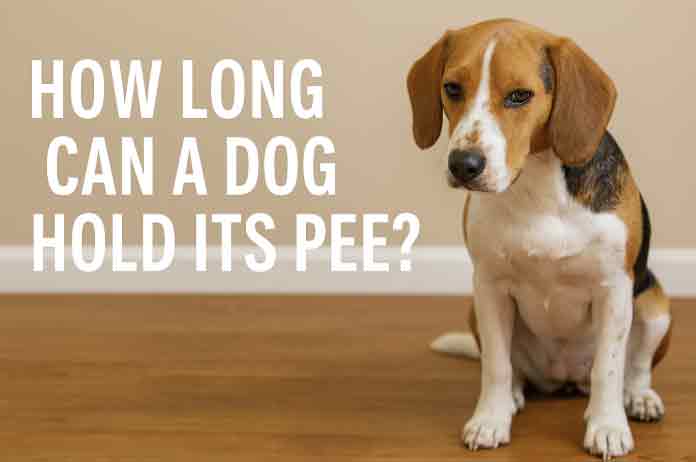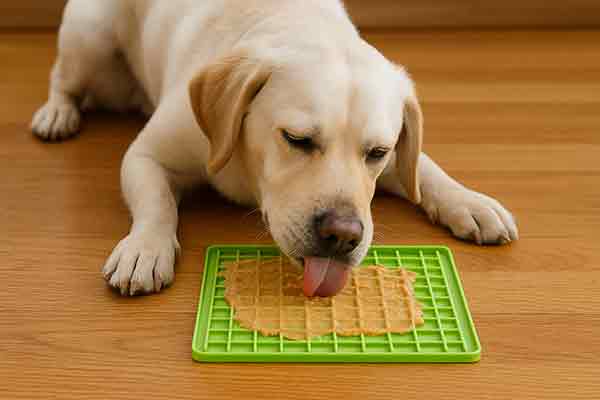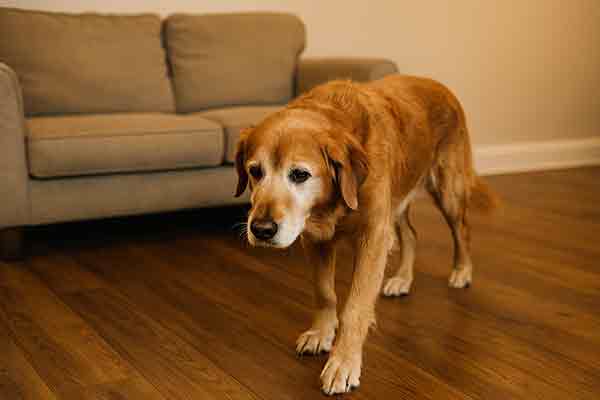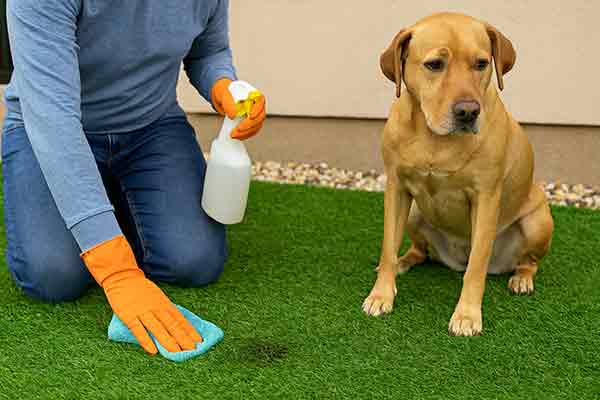How Long Can a Dog Hold Its Pee? Vet-Approved Guide by Age, Breed & Tips
Table of Contents
- 1. Introduction
- 2. Average Holding Time by Age and Breed
- 3. Factors That Affect How Long a Dog Can Hold Its Pee
- 4. How Long Is Too Long for a Dog to Hold Its Pee?
- 5. Risks of Holding Pee Too Long
- 6. Signs Your Dog Needs to Pee
- 7. Puppies vs. Adult vs. Senior Dogs
- 8. Training and Schedule Tips
- 9. Travel and Overnight Holding: What’s Safe?
- 10. Frequently Asked Questions
- 11. Final Thoughts
- 12. Key Takeaways
1. Introduction
If you’re a dog owner, you’ve likely asked yourself, how long can a dog hold its pee? Whether you’re planning a long car ride or considering your dog’s daily bathroom routine, understanding their bladder capacity is crucial for their comfort and health.
2. Average Holding Time by Age and Breed
Generally, dogs can hold their urine for a number of hours depending on their age, breed, and health:
- Puppies (under 6 months): 1 hour for every month of age
- Adult dogs: 6–8 hours
- Senior dogs: 4–6 hours, sometimes less
Some breeds like Labrador Retrievers may have stronger bladders, while smaller breeds like Chihuahuas may need more frequent breaks.
3. Factors That Affect How Long a Dog Can Hold Its Pee
Not all dogs are the same. Several factors can influence your dog’s bladder control:
- Age: Puppies and seniors need more bathroom breaks.
- Size: Smaller dogs have smaller bladders.
- Health: Conditions like UTIs or diabetes affect urination.
- Diet and Water Intake: Dogs who drink a lot will need to go more often.
- Activity Level: Active dogs tend to pee more frequently.
4. How Long Is Too Long for a Dog to Hold Its Pee?
While most healthy adult dogs can hold their pee for up to 8 hours, making them wait longer isn’t ideal. Holding it for 10–12 hours, especially regularly, may cause discomfort or health problems. Puppies should not be expected to hold it for more than 4 hours.
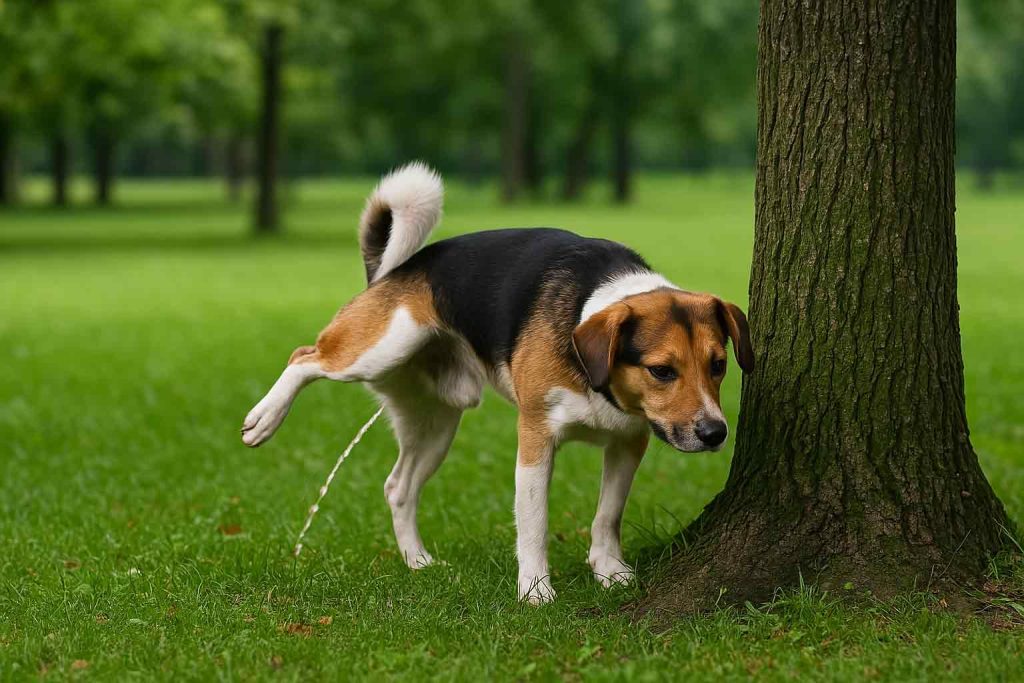
5. Risks of Holding Pee Too Long
There are several potential health risks when dogs hold their urine too long:
- Urinary Tract Infections (UTIs)
- Bladder stones
- Incontinence later in life
- Discomfort and stress
- Accidents indoors due to overflow
6. Signs Your Dog Needs to Pee
Watch for these signs that your dog is trying to tell you it’s time to go:
- Pacing or whining
- Sniffing around or circling
- Going to the door
- Sudden agitation or barking
- Lifting their leg or squatting indoors
7. Puppies vs. Adult vs. Senior Dogs
Puppies have tiny bladders and must pee often—usually every 2–3 hours. Adult dogs generally settle into 3–5 bathroom breaks per day. Senior dogs may regress and need more frequent outings due to weakened bladder control.
8. Training and Schedule Tips
Consistent training and scheduling are key to a healthy bathroom routine:
- Establish regular potty times (e.g., morning, after meals, before bed)
- Use rewards and praise during training
- Crate training can help with bladder control
- Gradually extend the time between breaks to build bladder strength
9. Travel and Overnight Holding: What’s Safe?
For overnight or road trips:
- Limit holding time to 6–8 hours max
- Give bathroom breaks before and after travel
- Use puppy pads or travel crates if needed
- Stop every 2–4 hours on long car rides
Always prioritize your dog’s comfort when traveling.
10. Frequently Asked Questions
Can dogs hold their pee while you’re at work?
Most adult dogs can, but if you’re gone for 8+ hours, consider a dog walker or potty break option.
What if my dog pees in the house after holding it?
It may be a sign of stress, medical issues, or a lapse in training. Consult your vet if it happens frequently.
Should I wake my dog to pee at night?
Puppies and senior dogs may need a nighttime potty break. Adult dogs usually do not.
11. Final Thoughts
So, how long can a dog hold its pee? It depends on your dog’s age, size, and health—but no dog should be regularly expected to hold it for longer than 8 hours. Be attentive to your dog’s signals and adjust schedules as needed. A happy bladder makes for a happier, healthier pup!
12. Key Takeaways
- Healthy adult dogs can hold urine for 6–8 hours, but less is better
- Puppies and senior dogs require more frequent breaks
- Holding pee too long can lead to health risks
- Watch for behavioral signs and set a consistent potty schedule
- Prioritize bathroom access during travel and overnight stays

